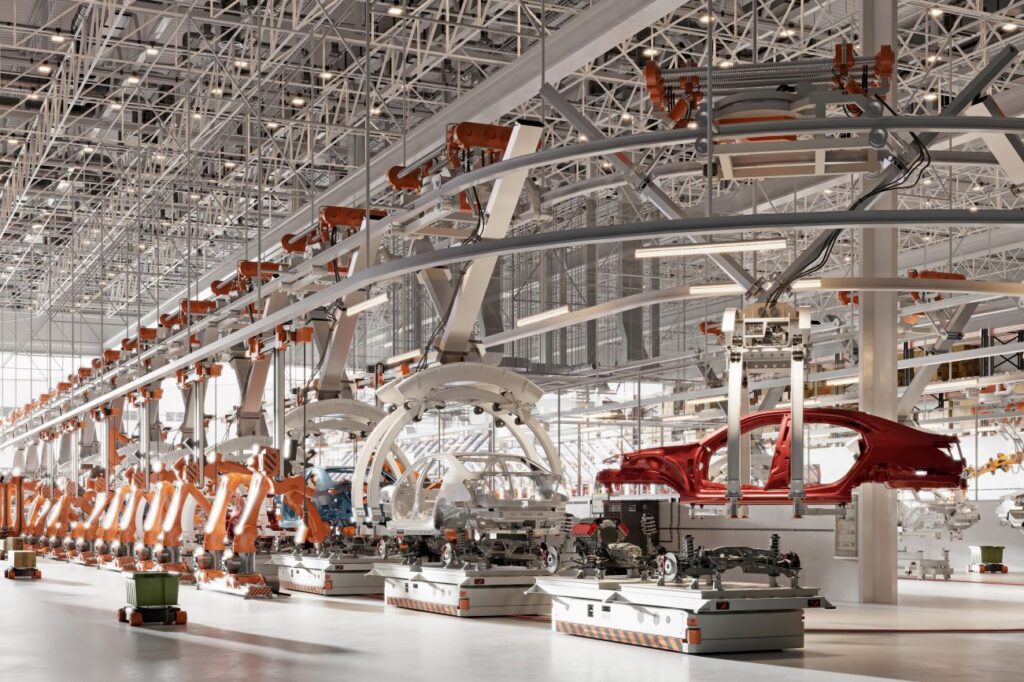Ferrous
Iron and steel, also known as ferrous metals, are the most recycled materials in the United States and worldwide. Ferrous metals are vital components to essential infrastructure. The U.S. steel industry relies on recycled steel as its largest single raw material input. Ninety percent of the structural steel used in buildings like hospitals is recycled steel.
Recyclers use shredding, shearing, and other techniques to process the material for use in steel mills. The recycled iron and steel are then used in automobiles, bridges, buildings, public transportation, heavy equipment, and other materials.

impact and uses
Recycled Ferrous Metals
Recycling ferrous metals is essential: it saves natural resources, reduces energy costs, and strengthens the economy. And the good news is, because metals don’t degrade or lose their chemical properties in the recycling process, they can be recycled infinitely.


Ferrous Facts
- You can tell if something is ferrous by holding a magnet up to it. If the magnet sticks, it is iron or steel.
- On average, the United States processes enough iron and steel every day to build 25 Eiffel Towers.
More Commodities

The Power of Recycling
Recycled materials are a big part of life. We help make items that you use and depend on every day. From the wiring and plumbing in your home, to the coffee maker that gets your day started. From the roads, bridges, and highways you travel on, to the schools our children learn in – maybe even the laptop or smartphone you’re reading this on. They all likely contain recycled material.
Our Impact
The recycled materials industry provides a renewable, resilient source of raw materials for manufacturing, and we’re constantly growing and evolving to better impact and serve the world around us.

Economic Impact
Recycled materials are resilient, strengthening the economy. Explore the industry’s economic benefits.

Environment & Sustainability
Recycling protects natural resources through sustainable alternatives, creating less dependence on scarce resources.

Advocacy
ReMA’s advocacy efforts highlight the role of recycled materials in our economy, environment, supply chain, and beyond, at all levels of government.
Safety & Compliance
Safety is ReMA’s number one core value. We offer a variety of industry safety services including in-person and virtual options.
